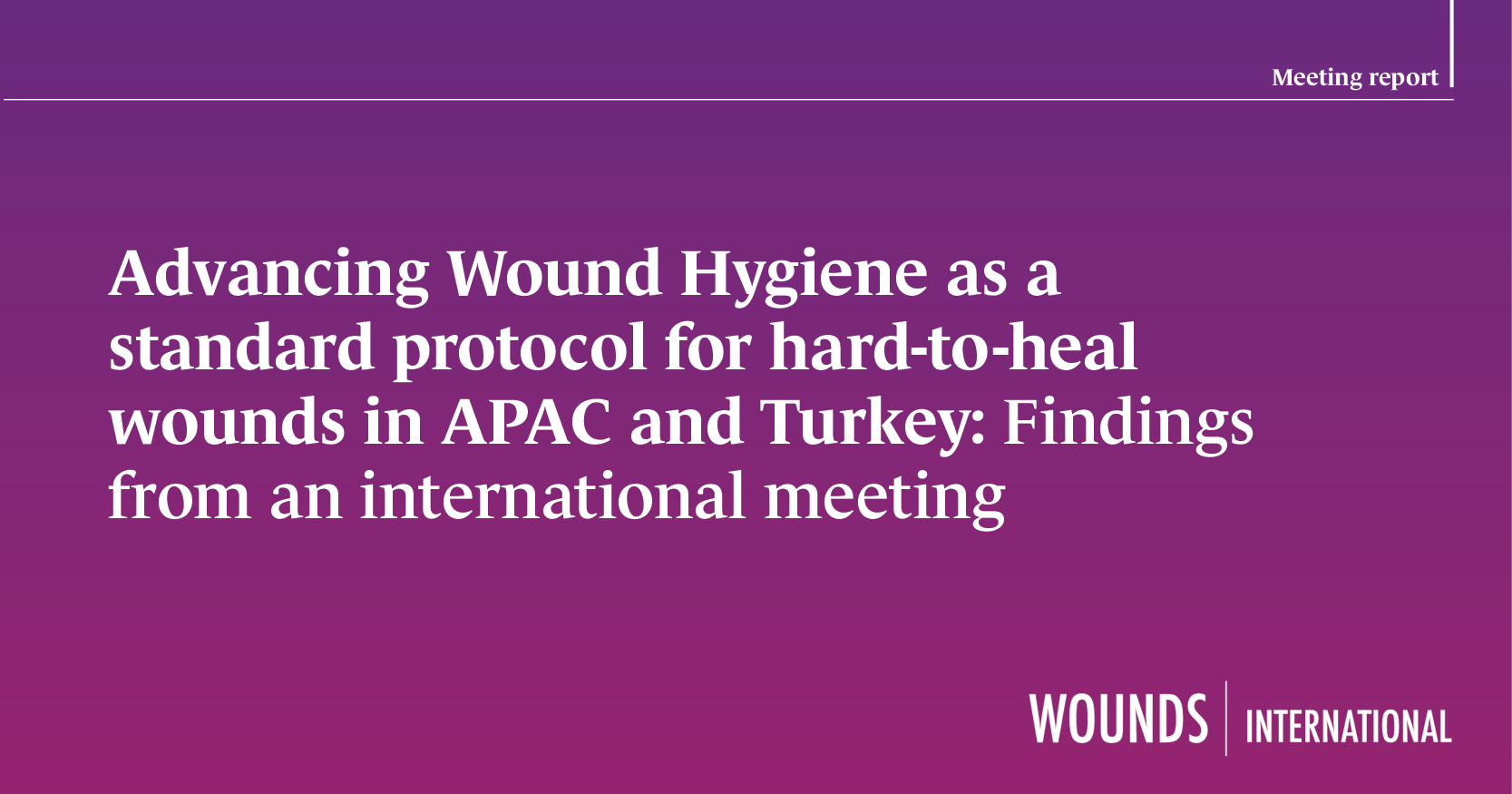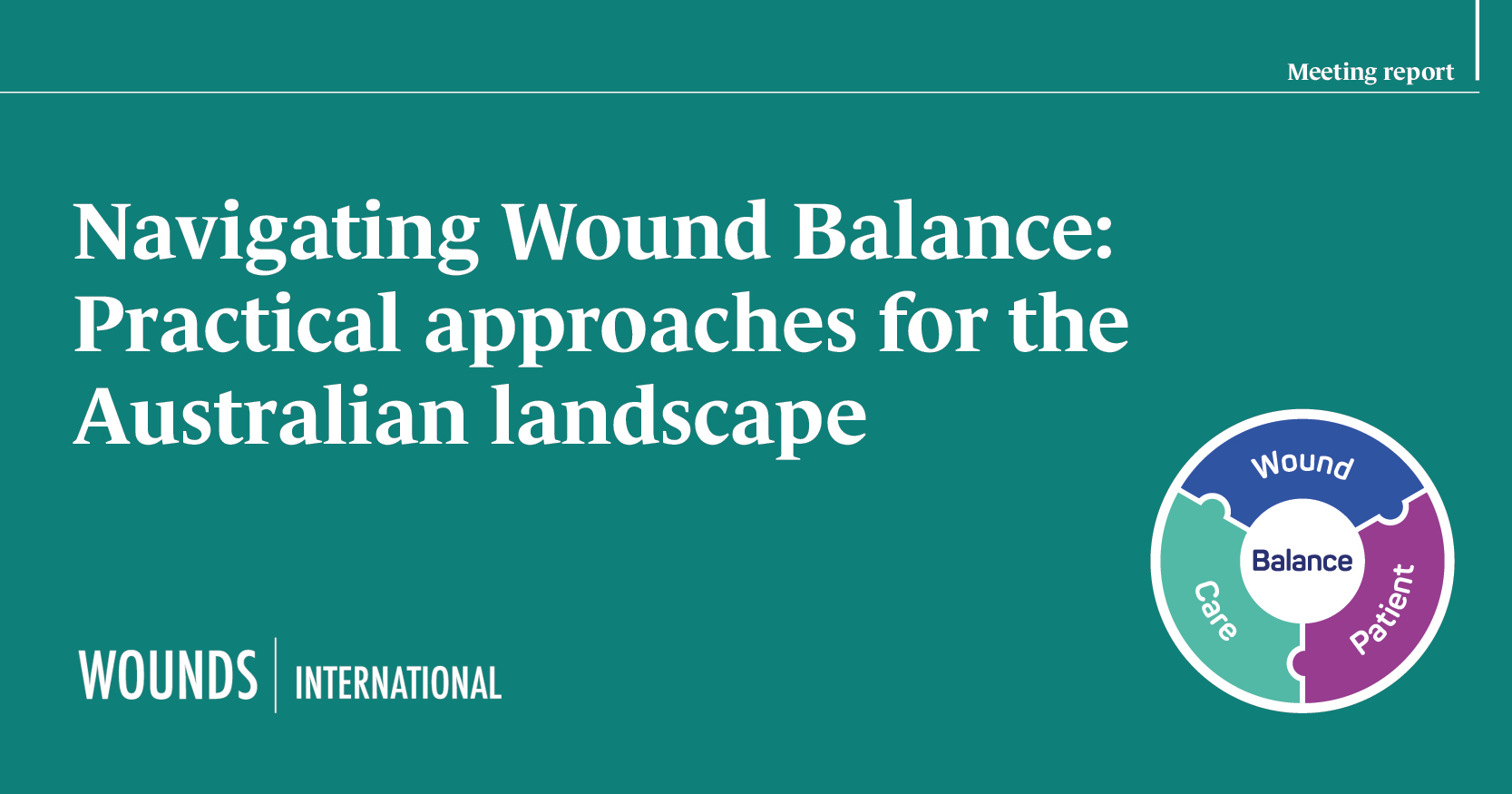Globally, chronic wounds impact millions of individuals, with estimates suggesting that up to 2% of the population in developed countries will experience a chronic wound during their lifetime. The prevalence is even higher in ageing populations, where comorbidities such as diabetes and obesity exacerbate the risk of non-healing wounds (Sen, 2019). The financial burden is equally staggering; in the US alone, chronic wound care is estimated to cost between $28 billion and $31 billion annually, not accounting for indirect costs, such as lost productivity and long-term disability (Sen, 2019).
Low-resource settings bear a disproportionate share of this burden, with limited access to advanced wound care technologies and a reliance on traditional, often suboptimal, treatment methods. This disparity contributes to poorer outcomes and highlights the urgent need for global strategies that address these inequalities (Haesler, 2023).
The escalating costs associated with chronic wound management are compounded by systemic challenges, including clinical inertia, a lack of standardised diagnostic protocols and insufficient education for healthcare providers. Clinical inertia, the failure to initiate or escalate treatment despite clear indications, remains a significant barrier, hindering timely interventions and contributing to suboptimal outcomes (Harding and Queen, 2019).
In response to these challenges, the Applied Wound Management (AWM) Chronic Wounds Global Advisory Council convened on 17 and 18 November 2024, bringing together a diverse panel of experts to discuss the pressing issues in chronic wound care and propose actionable solutions. This report summarises the key discussions and recommendations from the meeting, emphasising that while the challenges are substantial, they are not insurmountable. A unified, evidence-based approach is essential to accelerate healing, optimise resource use and enhance patient quality of life. To achieve this, both systemic and psychological barriers must be addressed, paving the way for a more effective and sustainable model of chronic wound care.
Discussions on day one revealed the need for standardised terminology to enhance diagnostic consistency and data comparability, since variability in wound classification and reporting across regions impacts both research and practice. The panel acknowledged that tools such as the TIME/TIMERS framework (Atkin and Tettelbach, 2019), while widely referenced, are underutilised in daily clinical workflows.
The panel also recognised the need to align treatment plans with patient preferences and lifestyles, noting that shared decision-making and patient engagement are key to improving outcomes. Barriers such as low health literacy and the complexity of treatment regimens can make this difficult.
It was noted that emerging technologies, like AI and smart wound care products, could help bridge knowledge gaps and enhance treatment outcomes. Yet, while technology holds promise, its integration must complement rather than replace clinical expertise, especially as technology can be limited by regulatory, privacy and infrastructure concerns.
On day two, the complexity of chronic wound care and the persistent gap between guidelines and real-world practice were highlighted. An emerging theme was the potential role of ‘implementation science’ as a means to ensure theoretical best practices are not only accessible but actionable in real-world settings.
The panel recommended updates to the TIME/TIMERS framework to incorporate broader diagnostic considerations. The potential of a risk stratification tool to predict and mitigate the risk of non-healing wounds was also evaluated, with refinements advised to ensure clinical utility, validity and integration into workflows.
Urgent action is needed to improve outcomes and establish a unified, efficient and patient-centred approach to chronic wound care. With collective effort, informed by evidence and driven by a shared commitment to the future of chronic wound care, it will be possible to change outcomes for the better. This article explores the key themes discussed by the panel in more detail, while laying the groundwork for a series of subsequent articles that will explore targeted solutions to these challenges.
Barriers in chronic wound care
The panel identified several barriers to effective chronic wound care, which are detailed below. Discussions revealed that these barriers are not only multifaceted but also deeply interconnected, highlighting how challenging it is to provide consistent, high-quality chronic wound care – particularly against a backdrop of unprecedented healthcare system pressures.
Lack of a robust evidence base due to inconsistent reporting of wound care data
One critical issue identified by the panel is lack of reliable wound care data. There is variation in how chronic wounds are defined and classified across regions and healthcare systems, and in how such data are collected and reported, which makes it difficult to build a robust evidence base. This, in turn, limits development of effective care protocols.
For example, the term ‘chronic wound’ is interpreted differently across countries; in some regions, any lower-limb wound in a diabetic patient is automatically categorised as a ‘diabetic foot ulcer’, even if it may actually be a pressure injury or another condition.
Delays to diagnosis and provision of appropriate care
Another recurring theme is delayed diagnosis, which can worsen the severity of chronic wounds and may lead to suboptimal treatment provision (Ahmajärvi et al, 2022). This is compounded by variability in global data reporting, as outlined above.
The panel noted many possible reasons for delayed diagnosis. Healthcare providers may lack the education and training necessary to provide a timely diagnosis – some are reluctant to provide a diagnosis due to concerns about making an error, while others rely on ‘guesswork’ rather than evidence-based assessments. There may also be limited access to standardised diagnostic tools, as well as an absence of reassessment processes, so treatment strategies remain stagnant rather than being updated as patients’ needs evolve.
These delays are further exacerbated by the deprioritisation of chronic wounds, inadequate communication among healthcare providers (e.g., between generalists and specialists), rigid hierarchical structures and patients’ own lack of knowledge or confidence to seek timely care.
Fragmentation of care
According to the panel, another significant challenge is fragmentation of care, with lack of standardisation across wound care protocols, practices and practical tools undermining efforts to deliver optimal care and prolonging healing times. Moreover, wounds are often addressed as a standalone concern rather than as an important part of the patient’s broader health picture.
This fragmentation manifests in several ways:
- Lack of access to standardised tools for wound assessment.
- Lack of clear wound care referral pathways.
- Regional disparities in access to wound care expertise, education and products (which leaves community care settings – often the frontline of wound management – particularly vulnerable).
- Varied priorities and goals amongst patients, caregivers and suppliers.
The panel noted that involvement of multiple stakeholders, including nurses, doctors, patients, caregivers and product suppliers, each with different priorities and perspectives, makes it difficult to address the barriers already mentioned above.
Lack of quality education and training
The panel consistently noted that insufficient education and training – both for healthcare professionals and patients – is a key barrier to optimal chronic wound care. Current approaches to teaching in wound care do not adequately prepare healthcare providers, while opportunities for continuous professional development are limited. Patient education is also a priority, with a need to improve health literacy and encourage greater involvement in care decisions.
Lack of high-quality education means many clinicians operate without access to targeted education or advanced wound care knowledge, meaning they are ill-equipped to manage complex cases, are forced to rely on outdated methods and are unable to make timely, informed decisions.
Strategies for systemic improvement in chronic wound care
The panel proposed the following actionable recommendations to address barriers in chronic wound care and facilitate the adoption of best practices.
Improve education and training
The panel emphasised that education and training are foundational to effective wound care. Developing robust, scalable education programmes tailored to the needs of community care settings is critical for addressing information gaps and fostering collaboration. The redistribution of knowledge to generalists and nurses in community settings – often at the forefront of wound care provision – will be particularly important.
The panel recommended developing simplified communication tools – such as plain language summaries, visual aids and tiered learning pathways – to help generalist nurses and non-specialists understand challenging topics like wound healing mechanisms and treatment aetiologies. Tools that address the complexities of wound care products and guidelines will equip providers with the knowledge required for informed decision-making, thereby reducing misdiagnoses, diagnostic delays and suboptimal care provision.
Partnerships with industry stakeholders and the considered use of technology may be necessary to fund and sustain these innovative educational initiatives. While technology can help address knowledge gaps, the panel cautioned against over-reliance, advocating instead for a balanced approach that preserves clinical expertise and ensures personalised care.
Standardise terminology, protocols and best practices
Standardising wound care terminology, protocols and practices was identified as a priority to streamline workflows, reduce variability and improve care consistency.
The introduction of globally recognised definitions for chronic wounds, combined with consistent data collection mechanisms that account for regional variations, could enhance diagnostic accuracy and care coordination. Establishing clear referral pathways was also highlighted as a strategy to minimise delays and improve alignment across care levels.
Enhance patient engagement and shared decision-making
Engaging and empowering patients through education and shared decision-making is essential for improving outcomes. The panel recommended aligning care plans with patients’ individual goals and lifestyles to encourage adherence and collaboration, regardless of whether the objective is wound management or complete healing.
Tailored educational materials and structured communication tools, such as checklists, were suggested to simplify complex treatment regimens and foster active patient participation. By aligning patient education materials with standardised practices, the panel noted that patient understanding and adherence to treatment plans could be further improved.
Strengthen interdisciplinary collaboration
The panel stressed the importance of interdisciplinary collaboration in chronic wound care, emphasising that coordinated efforts between clinicians, caregivers and patients are essential to achieving holistic, patient-centred care.
Regular team meetings, workshops and resource-sharing were recommended to enhance communication and alignment amongst stakeholders. Establishing structured frameworks for knowledge-sharing and collaborative decision-making was also proposed as a means to improve care consistency, reduce diagnostic delays and foster better outcomes.
Targeting clinical inertia: behavioural change as a central solution
Globally, healthcare systems struggle to provide consistent, expert care for chronic wounds due to a lack of knowledge, services and evidence supporting many interventions. Yet, while innovation is clearly needed and recommendations for change have been explored extensively, change remains slow. One reason for this may be the pervasiveness of clinical inertia (Harding and Queen, 2019).
While the proposed strategies above offer a strong foundation for improvement, many barriers to improving chronic wound care appear to be deeply rooted in clinical inertia – a resistance to change driven by reliance on familiar routines, fear of unfamiliar methods, and a lack of confidence in implementing advanced protocols. Indeed, clinical inertia is a major factor contributing to inadequate care for many chronic diseases (O’Connor et al, 2005).
To address these behavioural concerns, the panel highlighted the need for targeted interventions, including tailored education programmes, simplified workflows and structured support systems designed to empower clinicians to adopt and sustain evidence-based practices confidently and consistently.
Behavioural change is equally critical for patients, as their active engagement in care is essential for achieving positive outcomes. Many patients struggle with low health literacy, making it difficult to understand and follow care plans. Closing these gaps through education and shared decision-making will help to foster a collaborative relationship between patients and providers, promoting adherence and improving overall outcomes.
The panel further advocated for the integration of implementation science as a pragmatic means of translating knowledge into practice. Experience demonstrates that establishing the effectiveness of a clinical innovation is not enough to ensure its use; implementation science aims to bridge the gap between research and practice by testing strategies to integrate evidence-based innovations into widespread use (Bauer and Kirshner, 2020).
A step-by-step, ‘cookbook’-style approach was recommended to simplify the application of best practices. By embedding these implementation strategies within existing clinical guidelines and presenting them in accessible, clear language, such resources could better meet the needs of diverse healthcare providers – from non-specialists to seasoned practitioners – ensuring they are actionable, scalable and widely applicable.
Conclusion and next steps
The challenges identified by the AWM panel are significant, yet resolvable. Addressing the psychological and systemic barriers impeding progress provides an opportunity to establish a cohesive approach that ultimately accelerates healing, optimises resource utilisation and improves patient quality of life. Achieving this transformation will require a collective, evidence-driven effort based on a shared commitment to advancing the field of chronic wound care.
This article marks the beginning of a series dedicated to exploring these critical issues in depth. Subsequent articles will examine the primary barriers identified by the panel, including knowledge deficits, resource limitations and obstacles to implementing best practices. Each publication will present practical, evidence-based solutions designed to empower stakeholders across healthcare sectors. By providing actionable strategies focused on behavioural change, education and systemic reform, this series aims to foster meaningful advancements in chronic wound care, paving the way for a more effective, sustainable, and patient-centred model of care.





